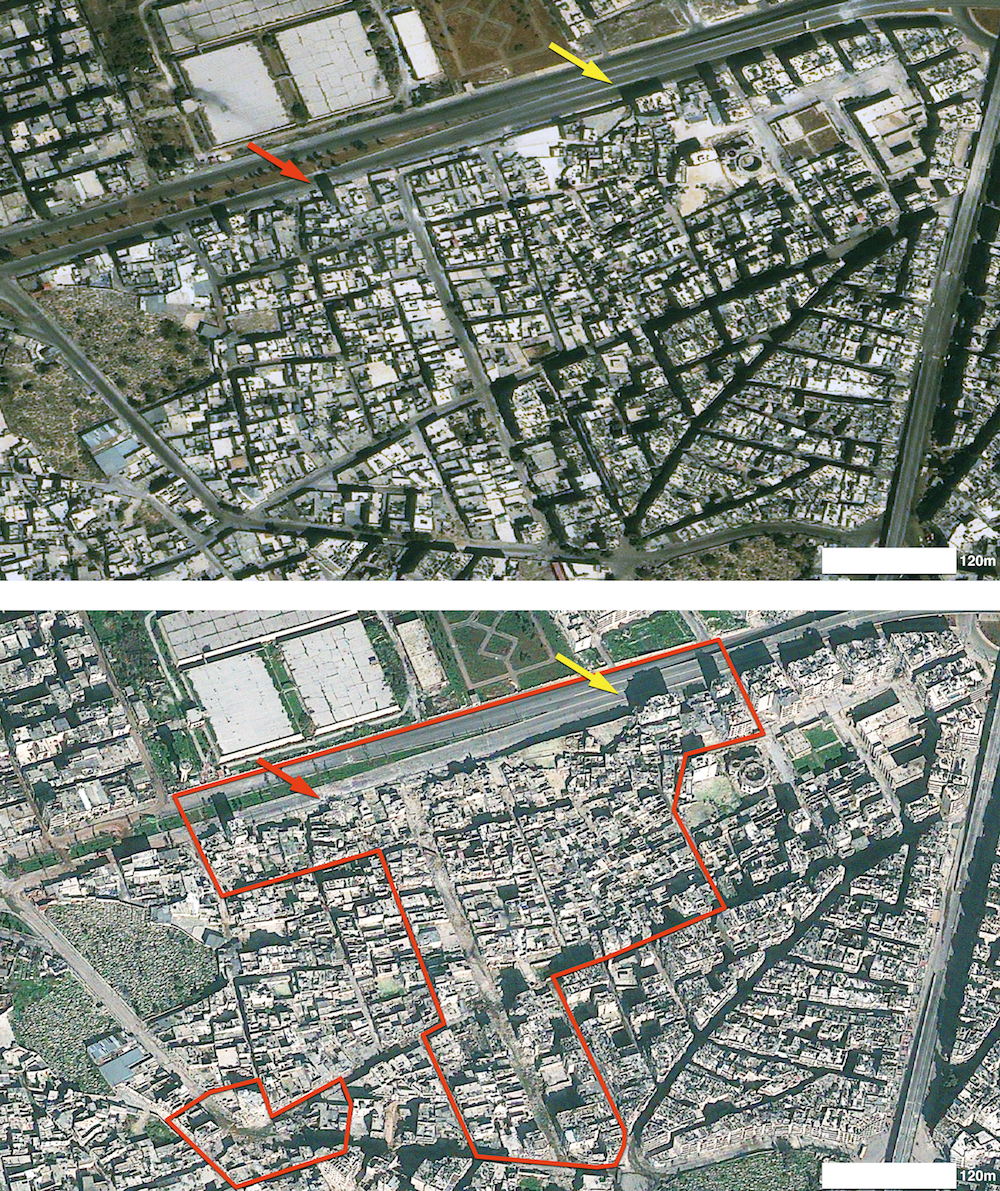
SAN FRANCISCO — Drought was a key factor contributing to unrest and civil war in Syria, and the severity of the drought was probably a result of human-caused climate change, new research presented here Monday (Dec. 9) at the annual meeting of the American Geophysical Union suggests.
The study analysis suggests that the drought was too severe to be simply a result of natural variability in precipitation.
"We don't have any observed evidence to support a 100-year trend in precipitation that we would prescribe as being natural," said study co-author Colin Kelley, a postdoctoral fellow at the University of California at Santa Barbara. "We can only assume that the trend is anthropogenic."
Severe drought
Kelley and his colleagues got started on their work because of an op-ed by New York Times columnist Thomas Friedman about the Arab Spring uprising in several Middle Eastern countries.
"He was making the case that in each case there was an overlooked environmental stress that was important," Kelley told LiveScience.
Past reports had suggested that Syria's breadbasket had experienced a severe three- to five-year drought in the years preceding the Syrian civil war. To assess the drought's severity, Kelley and his colleagues looked at rainfall patterns for the region going back 100 years. They found that in the years leading up to the civil war, the region had a historically rare three-year drought. From 2002 to 2008, about 1.5 million rural farmers escaping the countryside flooded the cities. [5 Surprising Cultural Facts About Syria]
Get the world’s most fascinating discoveries delivered straight to your inbox.
"There was already considerable water instability even before this drought happened," Kelley said. "We think of it as the straw that broke the camel's back."
Human-caused climate change?
The team also used a statistical analysis to see whether the drought could be explained by natural climate variability. The researchers looked at more than 100 years of changes in rainfall and sea level pressure in the Eastern Mediterranean Sea — high air pressure over the body of water is a measure of potential drought because most of Syria's rainfall comes from that area, and the higher sea level pressure prevents precipitation from forming over the water.
The team found that it was highly unlikely that natural variations in climate could have caused severe drought for so many years in a row, but that human-caused climate change made it much more likely.
If that's the case, then the Syrian civil war may have at least been partly precipitated by human- caused climate changes (though many other factors contributed as well). And climate models suggest that drought will worsen in the Middle East in the years to come.
More in store
"There is a clear connection between the price of food and governmental stability, and in the long term, it is not hard to see how these year-to-year fluctuations can influence the long-term stability of even stable governments," said Brandon Lee Drake, an archaeologist at the University of New Mexico who was not involved in the study, but who has studied past climate change impacts on other civilizations. Since drought can reduce crop yields, it can also increase food prices.
Still, Drake isn't convinced that the drought can be blamed solely on human activity. Mega-droughts have happened naturally in the past, and there's no way to truly measure human influence independent of natural drying patterns, he said.
"It is very difficult to look at individual climatic events, such as the drought in Syria, or the recent drought in Texas, and point to human-driven climate change as the immediate cause," Drake told LiveScience.
But even if a particular event can't be pinned on human activity, there's strong evidence that climate change increases weather variability overall. That doesn't bode well for society.
"If the archaeological record is any indication, humans respond to climatic change by increased conflict with neighbors, whether we look at the Ancestral Pueblo-Anasazi in the U.S. Southwest, the Maya in the Yucatan Peninsula, or the civilizations of the Late Bronze Age," Drake said.
Follow Tia Ghose on Twitter and Google+. Follow us @livescience, Facebook & Google+. Original article on LiveScience.

Tia is the editor-in-chief (premium) and was formerly managing editor and senior writer for Live Science. Her work has appeared in Scientific American, Wired.com, Science News and other outlets. She holds a master's degree in bioengineering from the University of Washington, a graduate certificate in science writing from UC Santa Cruz and a bachelor's degree in mechanical engineering from the University of Texas at Austin. Tia was part of a team at the Milwaukee Journal Sentinel that published the Empty Cradles series on preterm births, which won multiple awards, including the 2012 Casey Medal for Meritorious Journalism.


